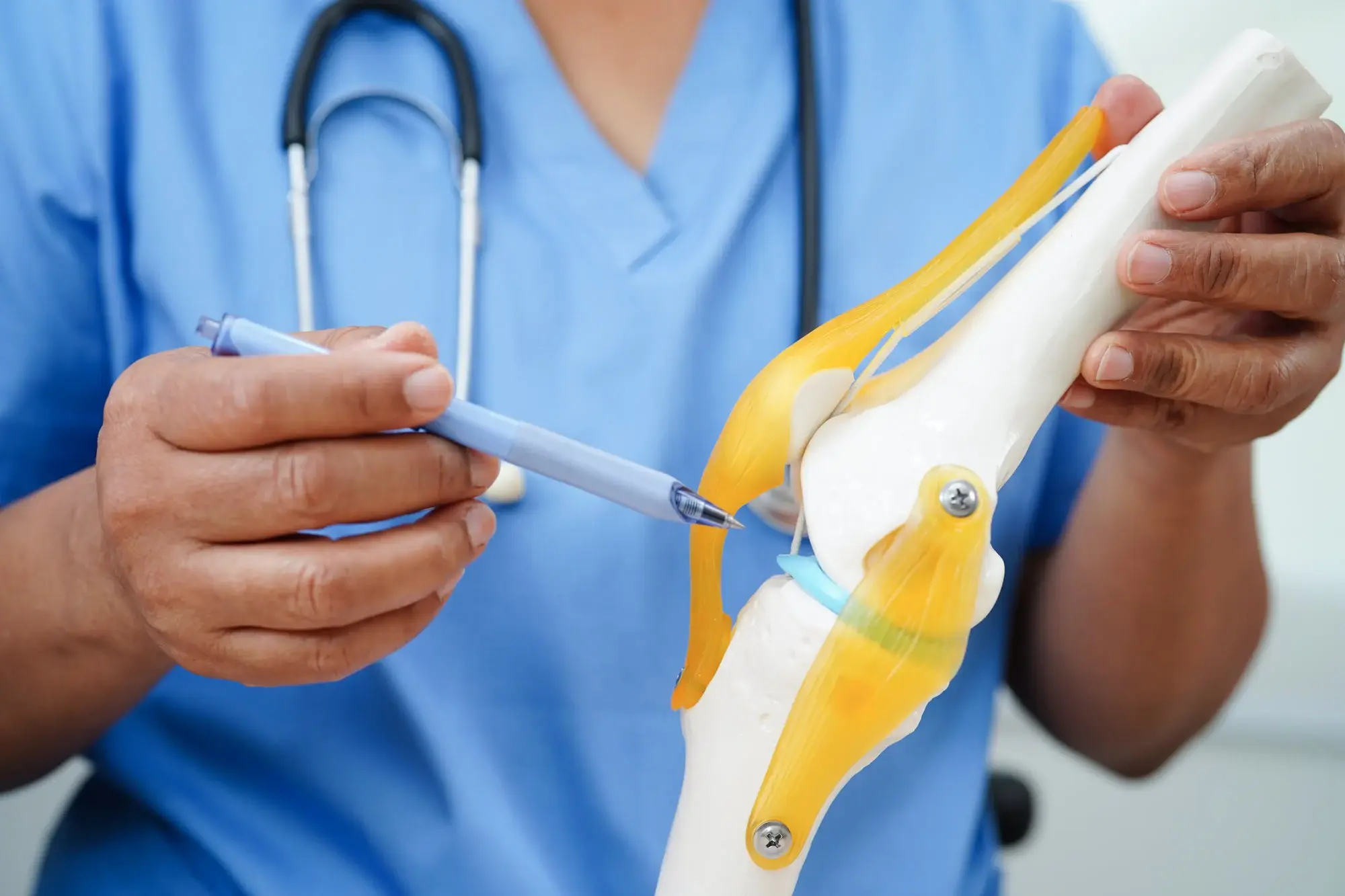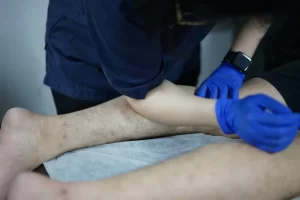Bone regeneration is a vital process that enables the repair of bone damaged due to injury, disease, or surgery. This complex biological process involves the growth of new bone to replace lost or damaged bone, aiming to restore the original functionality of the skeletal system.
Despite its promising potential, bone regeneration presents significant challenges, leverages advanced technologies, and opens up exciting opportunities for medical science.
This article explores the intricacies of bone regeneration, highlighting the hurdles, innovations, and future prospects in the field of orthopedics and reconstructive surgery.
Key Takeaways
- Bone regeneration is a vital process in restoring the original functionality of the skeletal system.
- Challenges in the development of bone regeneration technologies include bone healing complexity and the availability of biocompatible and bioactive materials.
- Technologies and opportunities include growth factors and stem cell therapy and personalized medicine and integration with other regenerative techniques respectively.
What Exactly is Bone Regeneration?
Bone regeneration is a natural process in which the body forms new bone tissue. It is crucial in injury recovery and clinical applications like spinal fusion, joint reconstruction, and the healing of large bone defects.
The process relies on the osteoinductive (encouraging bone growth), osteoconductive (supporting new bone growth on a scaffold), and osteogenic (containing precursor cells that develop into bone) properties of materials used in treatments.
Bone Regeneration: Challenges Uncovered
1. Complexity of Bone Healing
Bone healing is a multifaceted process involving inflammation, bone production, and bone remodeling. Each stage must occur in a precisely coordinated manner for successful regeneration. Disruptions in any phase can lead to non-unions or delayed healing.
2. Size and Shape of Bone Defects
Large bone defects, often resulting from trauma, infections, or tumor resections, pose a significant challenge. The larger the defect, the more difficult it is for new bone to span the gap and integrate structurally and functionally with the existing bone.
3. Biocompatibility and Bioactivity
Finding materials that are biocompatible and bioactive is a significant hurdle. These materials must also possess mechanical properties that match those of natural bone to avoid stress shielding or implant failure.
Technologies Advancing Bone Regeneration
1. Bone Grafts
Bone grafts are the traditional method for promoting bone regeneration, involving transferring bone from one part of the body to another or using donor, animal, or synthetic materials. Each type has its pros and cons, balancing between efficacy, risk of infection, and patient morbidity.
2. Growth Factors
Biological molecules such as BMPs (Bone Morphogenetic Proteins) play critical roles in stimulating the cells necessary for bone repair. While effective, these treatments can be expensive and require careful dosing to prevent undesirable effects like excessive bone growth.
3. 3D Printing and Biomaterials
3D printing technology has revolutionized the field of regenerative medicine by allowing for the creation of customized scaffolds that can support and guide new bone growth. These scaffolds can be designed to degrade over time as natural bone fills in the defect.
4. Stem Cell Therapy
Stem cell therapy involves the use of embryonic or adult stem cells to promote bone growth. These cells can differentiate into bone cells and are increasingly being combined with scaffolds to enhance bone regeneration in challenging conditions.
Opportunities in Bone Regeneration Development
1. Personalized Medicine
Advances in biomaterials and 3D printing enable personalized medicine approaches, where treatments are tailored to the specific anatomical and physiological needs of the patient. This can significantly improve outcomes in bone regeneration.
2. Integration with Other Regenerative Techniques
Combining bone regeneration techniques with other regenerative strategies, such as angiogenesis for better vascularization of new bone tissue, could enhance overall efficacy.
3. Expansion in Clinical Applications
Continued research and development in bone regeneration technology could expand its applications. This may include extending beyond orthopedics to more complex medical conditions such as the treatment of osteoporosis and other systemic bone diseases.
Quality Bone Regeneration Preclinical Research
Unlock the potential of your bone regeneration projects with IBEX Research. Our preclinical research services provide comprehensive support, leveraging advanced technologies and expert insights to accelerate your innovations from concept to reality.
Trust our dedicated team to guide you through the complexities of bone regeneration preclinical research with precision and expertise.
Contact us today to discover how we can enhance your development process and bring your breakthroughs to the forefront of orthopedic medicine.






